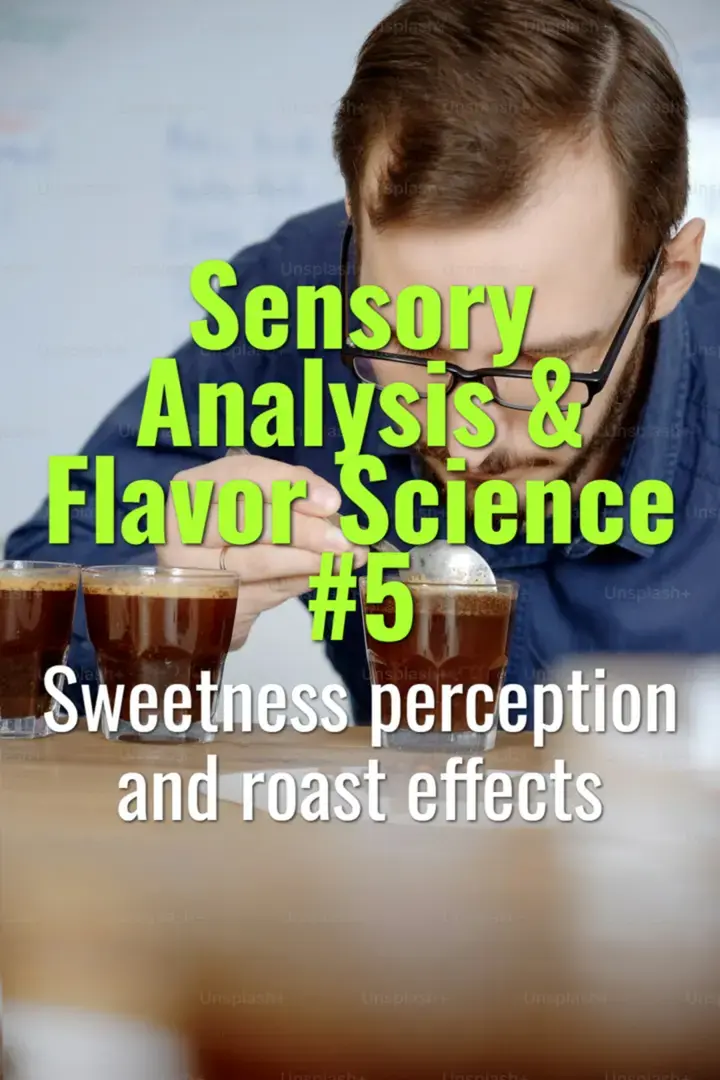
Body, viscosity, and colloids
How body in coffee is perceived, the role of viscosity and colloidal particles, and how processing and brewing influence tactile sensations.

How body in coffee is perceived, the role of viscosity and colloidal particles, and how processing and brewing influence tactile sensations.

How sweetness in coffee is perceived, what compounds contribute to it, and how roast development influences sweetness expression.

The different types of acidity found in coffee, how they are perceived, and their tactile sensations that shape overall flavor balance.

The roles of key aroma compound groups—pyrazines, furans, and thiols—in shaping coffee’s fragrance and flavor profile.

How to use the Coffee Taster’s Flavor Wheel and Sensory Lexicon to describe and evaluate coffee flavors with accuracy and consistency.

The official step-by-step Specialty Coffee Association (SCA) cupping protocol used globally to evaluate coffee quality with consistency and objectivity.